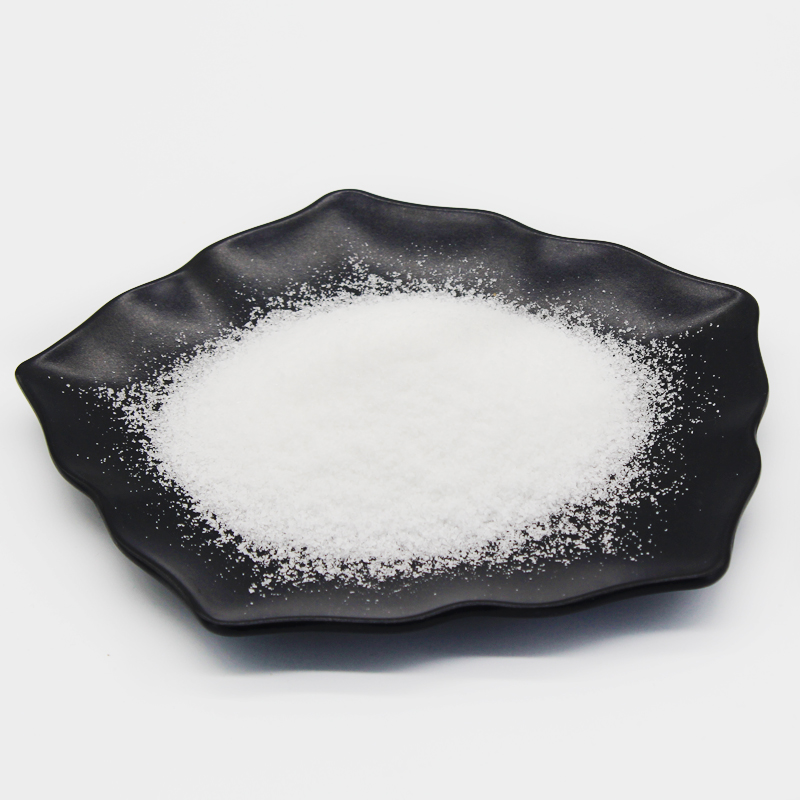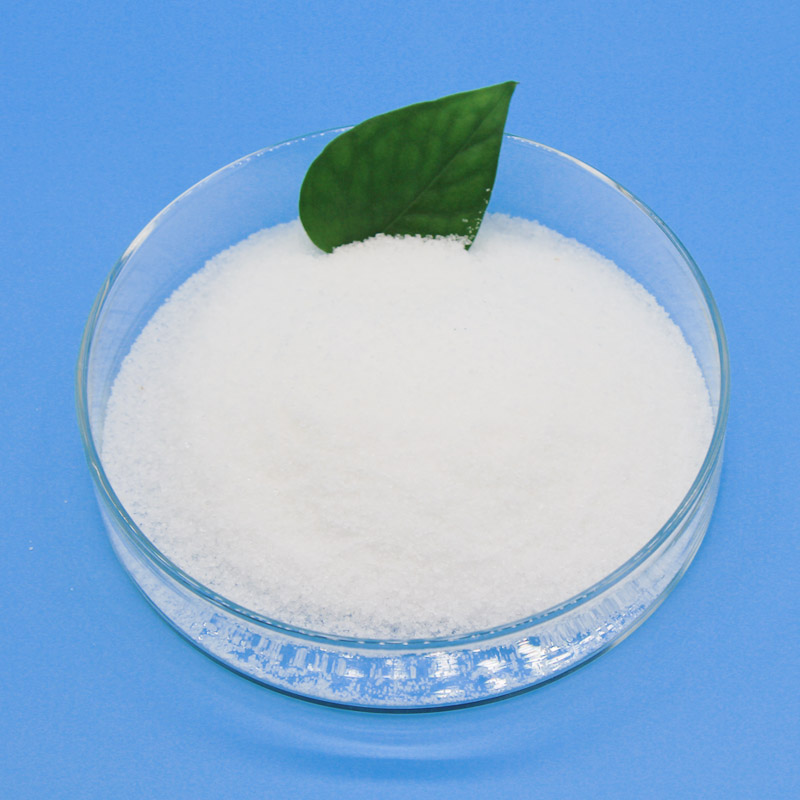E-mail: admin@saifutd.com Tel: 86-13598853789
E-mail: admin@saifutd.com Tel: 86-13598853789
news
When polyacrylamide is used to treat different sludges, the dosage is different, and the products are divided into several types, some require anionic polyacrylamide, and some require cationic polyacrylamide. Choose the corresponding agent according to different situations. . Before the selection of polyacrylamide, the charge properties of the sludge must be measured first, and the selection of polyacrylamide must be determined according to the charge properties of the sludge.
 |  |
The polyacrylamide preparation solution is usually 0.1%, and the dissolution and stirring time is relatively long. For solid PAM, it is usually stirred for more than 1 hour. When there is no sludge sample for the experiment, it is recommended that 20mg/L wet sludge (that is, after concentration) In general, the moisture content of the concentrated sludge will not reach 97%, usually above 99%). Dosing equipment, especially metering pump selection, can be appropriately adjusted. Anionic polyacrylamide is generally used for physicochemical sludge dewatering, which is more common in printing and dyeing factories, and electrolytic treatment generally uses more non-ion.
The properties of different sludge are different, and the dosage of polyacrylamide of different brands and properties is also different. Please do a small test in the laboratory before confirming.

Our company successfully completed the shipment of an urgent order for polyacrylamide.Shipping Date: August 25, 2025Recently, a batch of polyacrylamide (PAM) products of a specified model completed final inspection at our finished goods warehouse and was loaded onto a truck for shipment to a well-kn

Recently, our company reached a long-term cooperation agreement with an Indonesian environmental protection company, exporting a full container of polyaluminum chloride and polyacrylamide to them.Photo of the cargo being loaded at the port.After several rounds of discussions with the customer, we re